
Best Data Collection Tools To Look For in 2024
Best Data Collection Tools To Look For in 2024 SHARE THE ARTICLE ON Table of Contents Data collection software plays a vital role in modern

Find the best survey software for you!
(Along with a checklist to compare platforms)
Take a peek at our powerful survey features to design surveys that scale discoveries.
Explore Voxco
Need to map Voxco’s features & offerings? We can help!
Find the best customer experience platform
Uncover customer pain points, analyze feedback and run successful CX programs with the best CX platform for your team.

We’ve been avid users of the Voxco platform now for over 20 years. It gives us the flexibility to routinely enhance our survey toolkit and provides our clients with a more robust dataset and story to tell their clients.
Steve Male
VP Innovation & Strategic Partnerships, The Logit Group
Explore Regional Offices

Find the best survey software for you!
(Along with a checklist to compare platforms)
Take a peek at our powerful survey features to design surveys that scale discoveries.
Explore Voxco
Need to map Voxco’s features & offerings? We can help!
Find the best customer experience platform
Uncover customer pain points, analyze feedback and run successful CX programs with the best CX platform for your team.

We’ve been avid users of the Voxco platform now for over 20 years. It gives us the flexibility to routinely enhance our survey toolkit and provides our clients with a more robust dataset and story to tell their clients.
Steve Male
VP Innovation & Strategic Partnerships, The Logit Group
Explore Regional Offices

Find the best survey software for you!
(Along with a checklist to compare platforms)
Take a peek at our powerful survey features to design surveys that scale discoveries.
Explore Voxco
Need to map Voxco’s features & offerings? We can help!
Find the best customer experience platform
Uncover customer pain points, analyze feedback and run successful CX programs with the best CX platform for your team.

We’ve been avid users of the Voxco platform now for over 20 years. It gives us the flexibility to routinely enhance our survey toolkit and provides our clients with a more robust dataset and story to tell their clients.
Steve Male
VP Innovation & Strategic Partnerships, The Logit Group
Explore Regional Offices

See what question types are possible with a sample survey!
SHARE THE ARTICLE ON
A call center is part of the service department that manages incoming and outgoing calls of customers. The department includes representatives who operate through call and resolve customer queries.
Call centers are of two types: Outbound and Inbound.
The ultimate goal of the call center is to provide satisfactory customer service. For this, companies sometimes establish their own call center or hire a third-party call center.
A call center owned by the company/brand will have a better understanding of the services, products, and reputation of the brand. The agents will be able to generate more leads and satisfy more customers because of their knowledge and familiarity with the company.
Third-party call center agents despite being efficient may not be familiar with the brand. This may pose hardship when assisting the customers. The agents may not know the policies or the services in detail and so, may not be able to help the customer in complex situations.
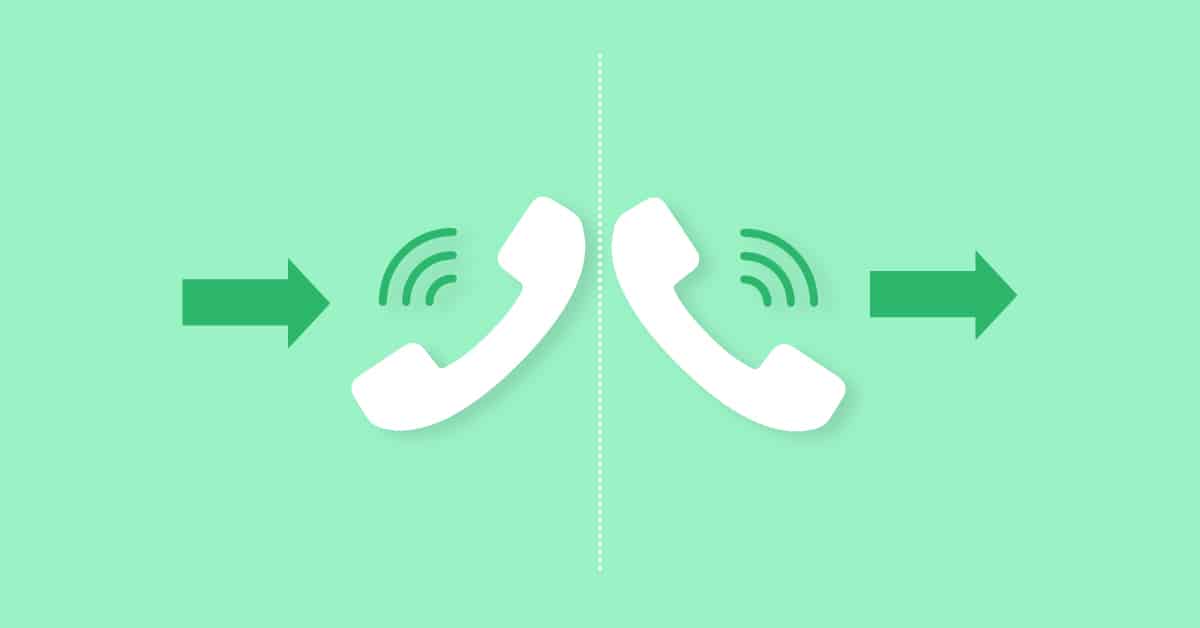
Work-from-home is the fastest-growing mode of working across the world. And similarly, in the industry of customer service, the Work-from-home Call Center is being adopted.
Inbound Call Center involves a customer calling the company’s call center to seek assistance. The agents are assigned the task to help the customer with their issue and resolve it.
Outbound Call Centers involve the agents calling their customer/client for different purposes.
See what question types are possible with a sample survey!
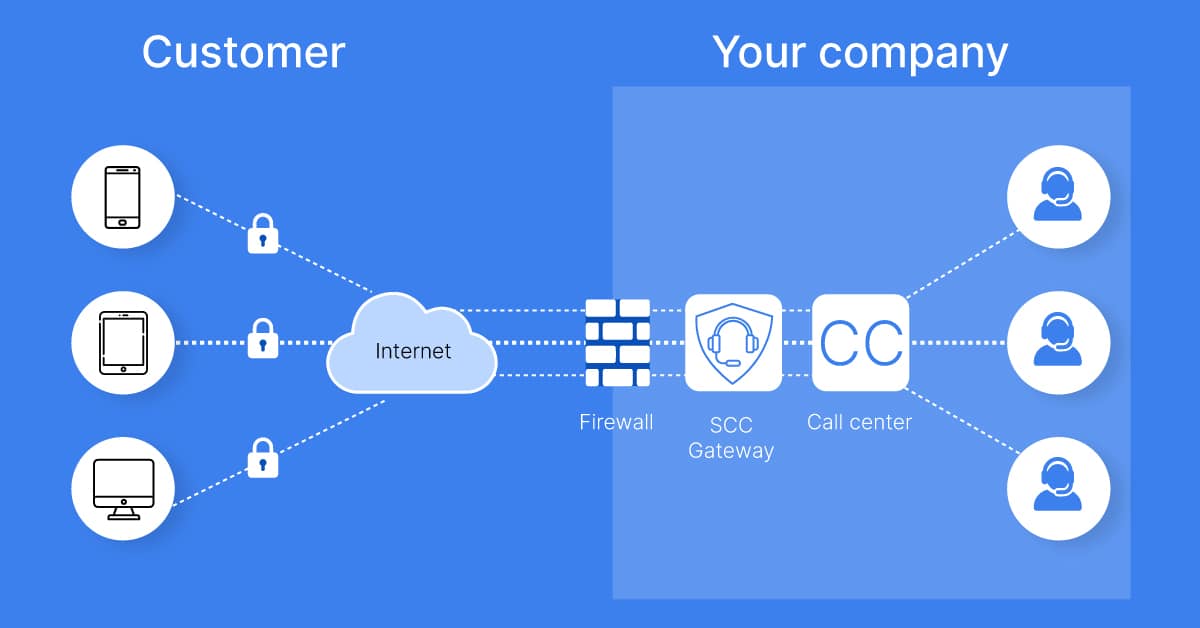
When we call a call center number, we don’t think much about it. We just wait for our call to get connected to ask the agent for assistance. And, if our call does not connect we drop it.
The only way customers understand the working of a call center is that a customer dials into the call center and issues a complaint, the call center responds to the complaint, and lastly resolves the issue.
However, to understand it in detail let us break it down.
The process begins the moment a customer dials in the number of the call center. The customer can either call directly or request a call from the customer service department.
After the call is connected, it may be filtered through the software or a live agent to assess the complexity of the customer’s issue. The call will then be routed to a designated agent skilled enough to manage the call.
Following the previous step, the designated agent works to resolve the customer’s problem. Agents with successful case records know the right approach to resolve the issue. They are talented in communication, have product knowledge, and blend all their previous experience to ensure the customer receives the help they need.
The agents try their best to resolve the issue during the first interaction between the agent and the customer. However, at times when the issue is complex, it is not possible. The customer service agents have to follow up with the customer after they receive more information.
Learn how you can adopt an effective WFH strategy to stay ahead of the curve, improve contact center productivity while providing seamless CX with remote agents.
Inbound contact centers tend to incoming communications from callers/customers. These contact centers are usually created for customer service and their main objective is to respond to customer issues like service questions, sales inquiries, technical concerns, and general help.
Outbound contact centers are what businesses use to reach out to their customers. These centers are usually used for marketing and sales purposes. Some outbound call centers can even place automated calls to customers for self-completion of a pre-recorded survey.
Multichannel contact centers facilitate communications through modes beyond just phone and email. These contact centers can provide support through social media, mobile apps, chatbots, websites, SMS, and more.
Similar to multichannel contact centers, omnichannel contact centers also use various modes of communications to deliver service to their customers. However, the pivotal difference between the two is that omi-channel contact centers can seamlessly integrate all communications from all modes into one single integrated platform. This ensures that all data collected is easily available and accessible in one place.
See what question types are possible with a sample survey!
The following are a few key features that good contact centers must have:
Contact centers are often equipped with features that efficiently distribute calls, and ensure calls are routed to agents best qualified to respond to them. An example of a feature that does so is IVR. IVR significantly increases first call resolution (FCR) and reduces the average time in queue.
Contact centers keep track of agent performance and customer satisfaction through various metrics that are reflected on dashboards. Keeping track of these metrics helps call centers identify the ways in which they can improve by highlighting areas of weakness in the call center.
Contact centers often have the ability of live call monitoring and the ability to record full or partial calls. This allows recorded conversations to be used for training purposes in order to provide better customer service and improve customer experience (CX).
Power dialers allow agents to select phone numbers from a stored list, eliminating the need for manual dialing. These dialers increase agent productivity by allowing them to focus wholly on their calls rather than dialing as well.
With call whispering, supervisors can not only listen to calls between agents and customers but can also “live coach” the agent without the caller being able to hear this interaction. This is an important feature for quality control as it facilitates coaching new agents or helping agents through difficult calls.
This feature enables multiple agents and/or supervisors to be on call with a customer. Additionally, call transferring allows agents to transfer calls to other agents or supervisors in case the first agent cannot address the caller’s concern.
Call center outsourcing is when businesses hire an external organization that specializes in managing sales, appointment setting, inbound customer care, technical support, compliance, and other call center functions.
Contact centers are usually categorized as business-to-business (B2B) companies. They’re also a part of the telecommunications industry and business process outsourcing.
Read more

Best Data Collection Tools To Look For in 2024 SHARE THE ARTICLE ON Table of Contents Data collection software plays a vital role in modern
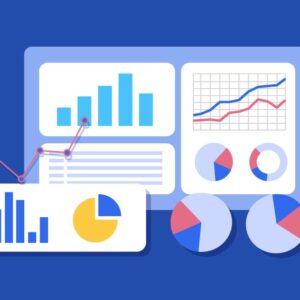
Mastering Survey Data Visualization SHARE THE ARTICLE ON Table of Contents Conducting surveys and gathering data is easy. However, the right insights often get buried

Survey Software User Guide: What You Need to Know SHARE THE ARTICLE ON Table of Contents In the research landscape teeming with options, choosing the
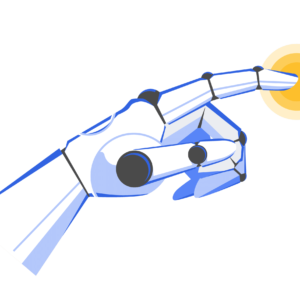
Customer Engagement Metrics For Business Success SHARE THE ARTICLE ON Table of Contents In the fast-paced world of business, understanding how to effectively engage with

Top 10 feedback collection tools in 2024 SHARE THE ARTICLE ON Table of Contents Collecting feedback is necessary for businesses and organizations to understand their
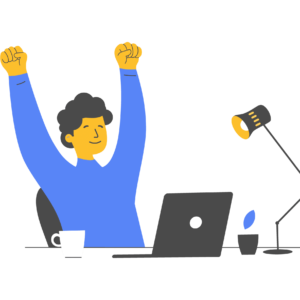
Top 5 Customer Engagement Metrics to Measure in 2024 SHARE THE ARTICLE ON Table of Contents As we navigate through 2024, we must be aware
We use cookies in our website to give you the best browsing experience and to tailor advertising. By continuing to use our website, you give us consent to the use of cookies. Read More
| Name | Domain | Purpose | Expiry | Type |
|---|---|---|---|---|
| hubspotutk | www.voxco.com | HubSpot functional cookie. | 1 year | HTTP |
| lhc_dir_locale | amplifyreach.com | --- | 52 years | --- |
| lhc_dirclass | amplifyreach.com | --- | 52 years | --- |
| Name | Domain | Purpose | Expiry | Type |
|---|---|---|---|---|
| _fbp | www.voxco.com | Facebook Pixel advertising first-party cookie | 3 months | HTTP |
| __hstc | www.voxco.com | Hubspot marketing platform cookie. | 1 year | HTTP |
| __hssrc | www.voxco.com | Hubspot marketing platform cookie. | 52 years | HTTP |
| __hssc | www.voxco.com | Hubspot marketing platform cookie. | Session | HTTP |
| Name | Domain | Purpose | Expiry | Type |
|---|---|---|---|---|
| _gid | www.voxco.com | Google Universal Analytics short-time unique user tracking identifier. | 1 days | HTTP |
| MUID | bing.com | Microsoft User Identifier tracking cookie used by Bing Ads. | 1 year | HTTP |
| MR | bat.bing.com | Microsoft User Identifier tracking cookie used by Bing Ads. | 7 days | HTTP |
| IDE | doubleclick.net | Google advertising cookie used for user tracking and ad targeting purposes. | 2 years | HTTP |
| _vwo_uuid_v2 | www.voxco.com | Generic Visual Website Optimizer (VWO) user tracking cookie. | 1 year | HTTP |
| _vis_opt_s | www.voxco.com | Generic Visual Website Optimizer (VWO) user tracking cookie that detects if the user is new or returning to a particular campaign. | 3 months | HTTP |
| _vis_opt_test_cookie | www.voxco.com | A session (temporary) cookie used by Generic Visual Website Optimizer (VWO) to detect if the cookies are enabled on the browser of the user or not. | 52 years | HTTP |
| _ga | www.voxco.com | Google Universal Analytics long-time unique user tracking identifier. | 2 years | HTTP |
| _uetsid | www.voxco.com | Microsoft Bing Ads Universal Event Tracking (UET) tracking cookie. | 1 days | HTTP |
| vuid | vimeo.com | Vimeo tracking cookie | 2 years | HTTP |
| Name | Domain | Purpose | Expiry | Type |
|---|---|---|---|---|
| __cf_bm | hubspot.com | Generic CloudFlare functional cookie. | Session | HTTP |
| Name | Domain | Purpose | Expiry | Type |
|---|---|---|---|---|
| _gcl_au | www.voxco.com | --- | 3 months | --- |
| _gat_gtag_UA_3262734_1 | www.voxco.com | --- | Session | --- |
| _clck | www.voxco.com | --- | 1 year | --- |
| _ga_HNFQQ528PZ | www.voxco.com | --- | 2 years | --- |
| _clsk | www.voxco.com | --- | 1 days | --- |
| visitor_id18452 | pardot.com | --- | 10 years | --- |
| visitor_id18452-hash | pardot.com | --- | 10 years | --- |
| lpv18452 | pi.pardot.com | --- | Session | --- |
| lhc_per | www.voxco.com | --- | 6 months | --- |
| _uetvid | www.voxco.com | --- | 1 year | --- |